A stable internet connection, whether wired or wireless, is a crucial component for going online on any device. Ethernet connections are more stable and faster than WiFi, as cables transmit data faster than radio waves. It’s quite unusual for Ethernet to be slower than WiFi on Windows 11. In this article, we look at why that happens and various ways to fix the issue.
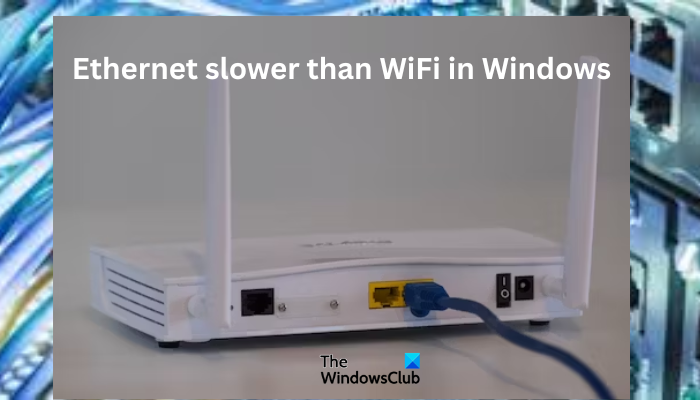
The two internet connection types should have almost the same speeds that the ISP offers you. If there is a notable difference between the two, then it means there is a problem. Before you start troubleshooting your internet, try to understand your connections and whether you have made any hardware or software changes recently.
Why is Ethernet slower than WiFi in Windows?
The reasons why Ethernet is slower than WiFi could range from hardware issues to software issues. One main reason is a faulty Ethernet cable. Other causes could be outdated network drivers, VPNs, faulty Ethernet ports, router issues, and incorrect DNS configurations. These causes might reoccur after a few minutes of fixing the issue.
Fix Ethernet slower than WiFi in Windows 11
If Ethernet is slower than WiFi on your Windows 11 PC, our experts recommend the solutions below. Please apply them from the easiest to the most advanced, as listed here:
- Restart your devices
- Disconnect cables and change ports
- Confirm the speed of the Ethernet cable
- Disconnect your VPN temporarily
- Run Network troubleshooter
- Update or reinstall Network Adapter driver
- Run some Network commands
- Reset Network settings
Let us now delve into these solutions.
1] Restart your devices
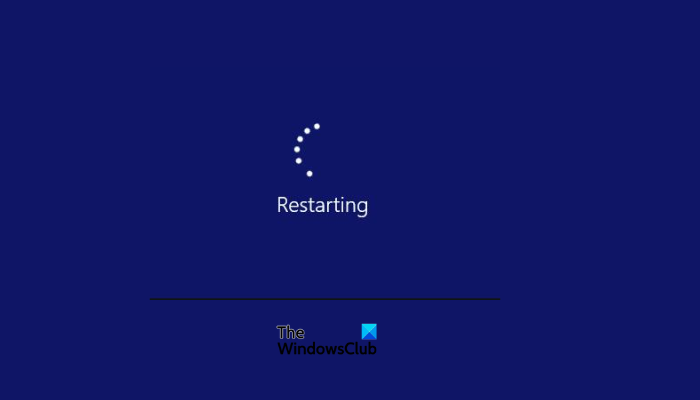
An internet connection has several components, such as routers, modems, extenders, and your PC. Restarting them can resolve Ethernet if its speed is slower than that of a WiFi connection. This solution fixes bugs, temporary technical issues, and others. For routers, disconnect them from power, while for Windows PCs, you can restart them by going to the Start menu and then selecting Power > Restart.
If that does not work, go to the next solution.
2] Disconnect cables and change ports
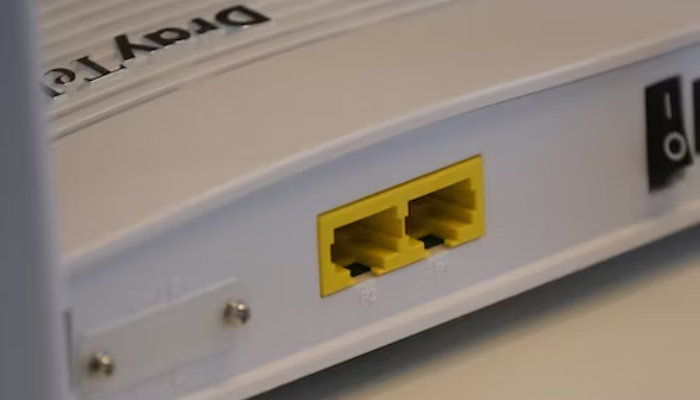
There could be faulty connections between the Ethernet cable and the port. Some ports might have dust or debris that affects your network. First, disconnect the cable, and then change it to another port and see if it works better. Keep testing the speeds as you exchange ports.
3] Confirm the speed of the Ethernet cable
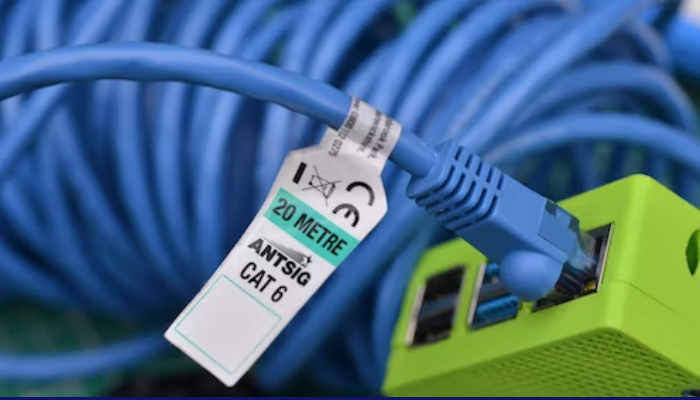
Ethernet cables vary in terms of the data transfer rate. If you have a cable that doesn’t correspond with ISP-provided speeds, then you might have a slower or unstable connection.
To check your cable ability, look at the printed label on the cable. You will see a Cat number. There are eight main Cat numbers, from Cat3 to Cat8. For instance, Cat 5e has a maximum data transfer of up to 1 GB and a 100 MHz bandwidth. Cat6a can hold up to 10 GB and 250 MHz of bandwidth.
4] Disconnect your VPN temporarily

Some VPN apps and extensions are known to interfere with your internet connection in terms of speed and stability. Disable the VPN temporarily and check if the problem is still occurring. If it’s not the cause, reconnect it and try the other solutions below.
Related: Ethernet keeps disconnecting in Windows
5] Run Network Troubleshooter
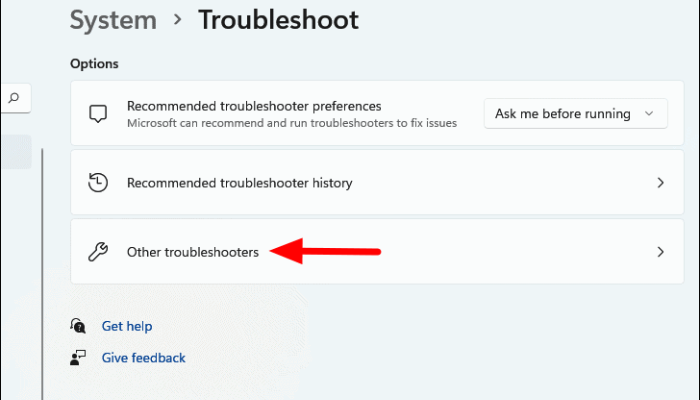
The Network Troubleshooter looks for issues affecting your internet and networks and fixes them automatically or suggests further steps. This process works if the cause of Ethernet connections being slower than WiFi connections is a Windows internal issue.
To run the Windows Network Troubleshooter, open your Settings app and go to System > Troubleshoot, then select Other troubleshooters. Navigate to the window and click Network Troubleshooter. Finally, click Run and follow the simple on-screen prompts.
Let the tool look and fix any network-related issues, and if it doesn’t work, try the next solution.
Related: Ethernet connection not working in Windows
6] Update or reinstall Network Adapter driver
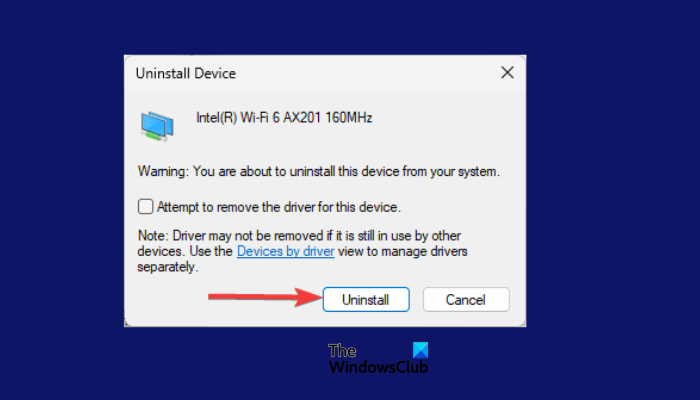
The Network Adapter driver is a crucial connector between internet hardware components and your Windows 11 PC. If the driver is outdated, corrupted, or faulty, it will cause issues with your Ethernet connection.
Windows automatically updates drivers, but if the feature is not working or disabled, you can do it manually. To update or reinstall the network drivers, open Device Manage, and under Network Adapters, right-click on your specific driver, select Update driver, and then select Search automatically for drivers.
Wait for your system to search, download, and install the driver and check if the issue is resolved.
To reinstall, right-click on the driver and select Uninstall. After that, go to the manufacturer’s website, download, and install the driver. Alternatively, you can restart your PC, and Windows will reinstall the driver automatically.
Related: Download Ethernet Drivers for Windows
7] Run some Network commands
Open Command Prompt as an administrator and run the following commands, one by one.
ipconfig /release
ipconfig /renew
ipconfig /flushdns
ipconfig /registerdns
nbtstat -rr
netsh int ip reset all
netsh winsock reset
Restart your PC and router and check.
Read: How to update Network drivers in Windows
7] Reset Network settings
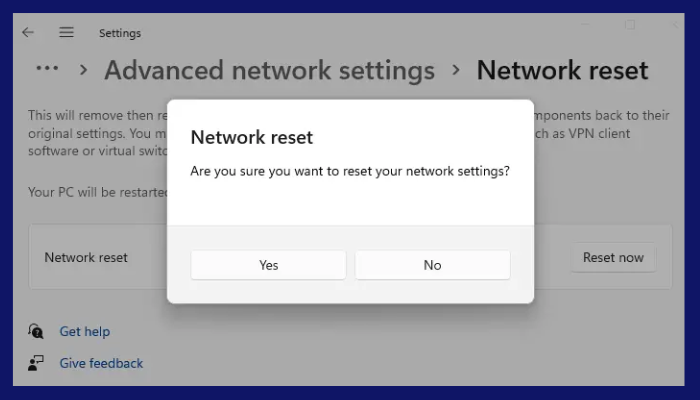
If nothing works, you can reset network settings on your Windows 11 PC.
We hope that one of the solutions here works for you.
Read: How to increase your Internet Speed in Windows
How do I fix the slow Ethernet speed on a Windows 11/10 computer?
If you experience slow Ethernet speeds on Windows 11 or Windows 10, restart your devices, check if there are any physical Ethernet connection issues, run the network troubleshooter, or disable Large Send Offload (LSO). If nothing works, reset your network settings and change your Ethernet cables. You may also want to contact your internet service provider if everything else is in check from your end.
Read: How to check Network Adapter Speed on Windows
Is Wi-Fi faster than Ethernet?
A WiFi connection is not faster than an Ethernet network, but it offers freedom of movement and much flexibility. WiFi internet is faced with interferences that might affect stability and speeds. It uses radio waves, which are slower than Ethernet data transfers. Ethernet connections are more stable than WiFi, but with less freedom, as you need to connect your router to your PC physically using a cable.
Read next:
Leave a Reply